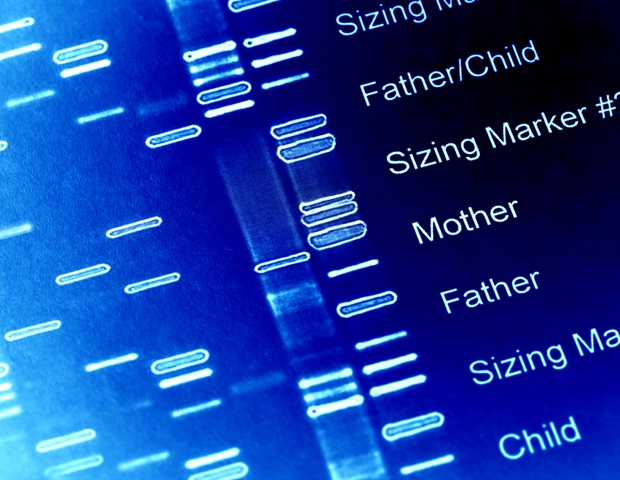India’s population is genetically one of the most diverse in the world, yet it remains underrepresented in global datasets. In a study publishing in the Cell Press journal
Cell
, researchers analyzed genomic data from more than 2,700 people from across India, capturing genetic variation from most geographic regions, linguistic groups, and communities. They found that most modern-day Indian people’s ancestry can be traced back to Neolithic Iranian farmers, Eurasian Steppe pastoralists, and South Asian hunter-gatherers.
This study fills a critical gap and reshapes our understanding of how ancient migrations, archaic admixture, and social structures have shaped Indian genetic variation. Studying these subpopulations allows us to explore how ancient ancestry, geography, language, and social practices interacted to shape genetic variation. We hope our study will provide a deeper understanding of the origin of functional variation and inform precision health strategies in India.”
Priya Moorjani, senior author, University of California, Berkeley
The researchers used data from the Longitudinal Aging Study in India, Diagnostic Assessment of Dementia (LASI-DAD) and generated whole-genome sequences from 2,762 individuals in India, including people who spoke a range of different languages. They used these data to reconstruct the evolutionary history of India over the past 50,000 years at fine scale, showing how history impacts adaptation and disease in present-day Indians. They showed that most Indians derive ancestry from populations related to three ancestral groups: Neolithic Iranian farmers, Eurasian Steppe pastoralists, and South Asian hunter-gatherers.
Read the full story here
.







